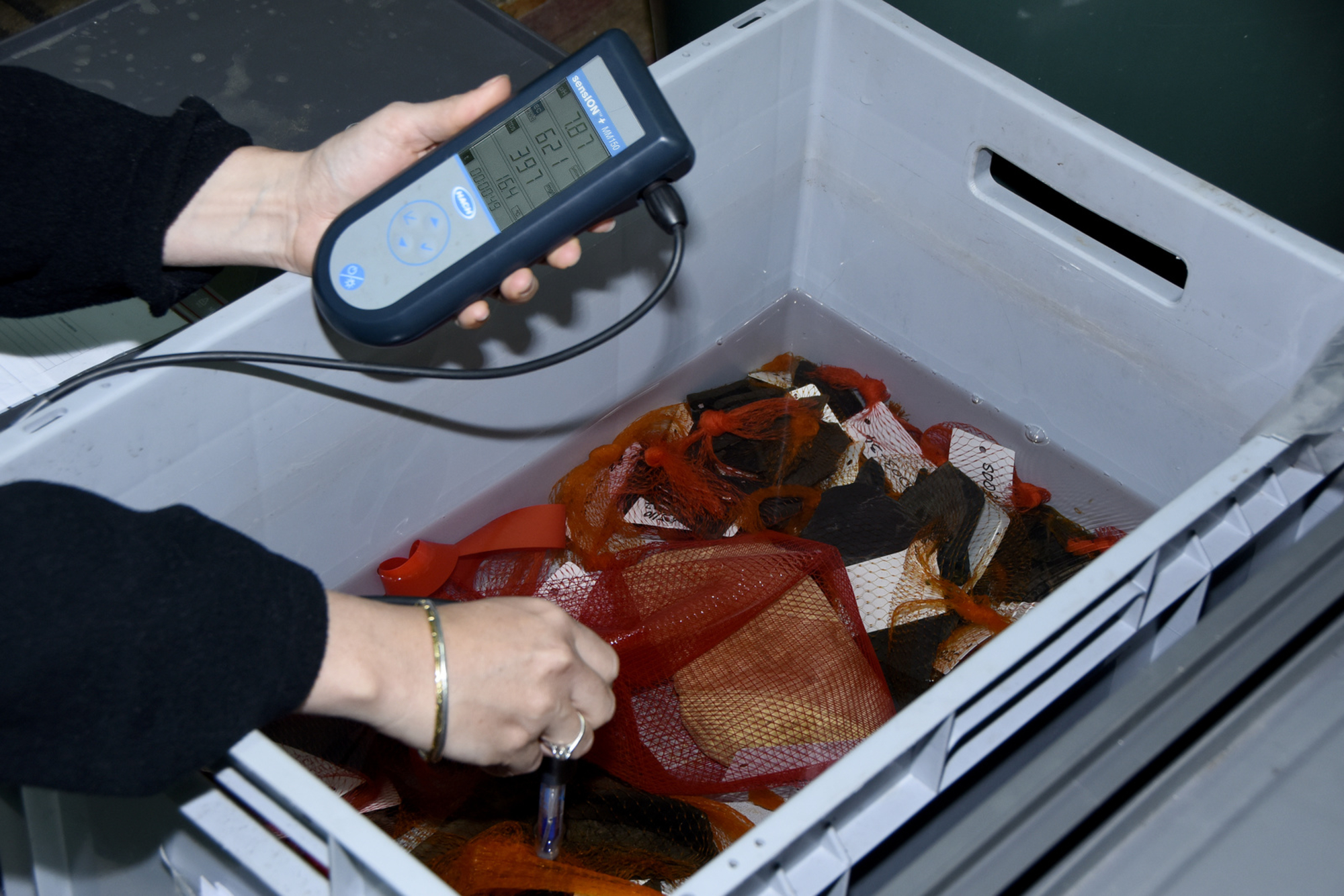
- Home
- A great scientific adventure
- From seabed to museum display
- Playing the long game
Any recovery of underwater cultural heritage is subject to prior permission from DRASSM and the operations manager must adhere without fail to the instructions for ensuring its preservation. From the very first moment all the necessary measures must be taken to prevent the deterioration of artefacts.
Proper excavation protocols are key
As soon as an artefact is excavated, it no longer benefits from the fragile equilibrium of its watery tomb that had thus far ensured its preservation. It begins to suffer multiple physical stresses caused by the brutal change in numerous factors, such as temperature, ambient humidity and luminosity. A series of physico-chemical phenomena comes into play. If the proper processing procedures are not followed on site, the long-term preservation of artefacts, especially in the case of organic material, cannot be assured.
Keep it damp, dark and defended
Archaeological objects must be kept in conditions that resemble as closely as possible the environment they were extracted from, until they can be delivered to the laboratory tasked with their preservation and conservation. In practical terms, this means they are preserved in water, screened from the light, protected from impacts, and labelled with the appropriate archaeological information. Some can be desalinated straight away, while others might have to undergo more intensive conservation treatments in specialist laboratories.
Artefacts are marked with a discreet but legible catalogue number which has to be written on a layer of varnish in ink or pencil, depending on the material. Similar materials are grouped together and stored in a dark, cool place. Metals have to be separated. Artefacts must be easy to find without having to open all the crates…



